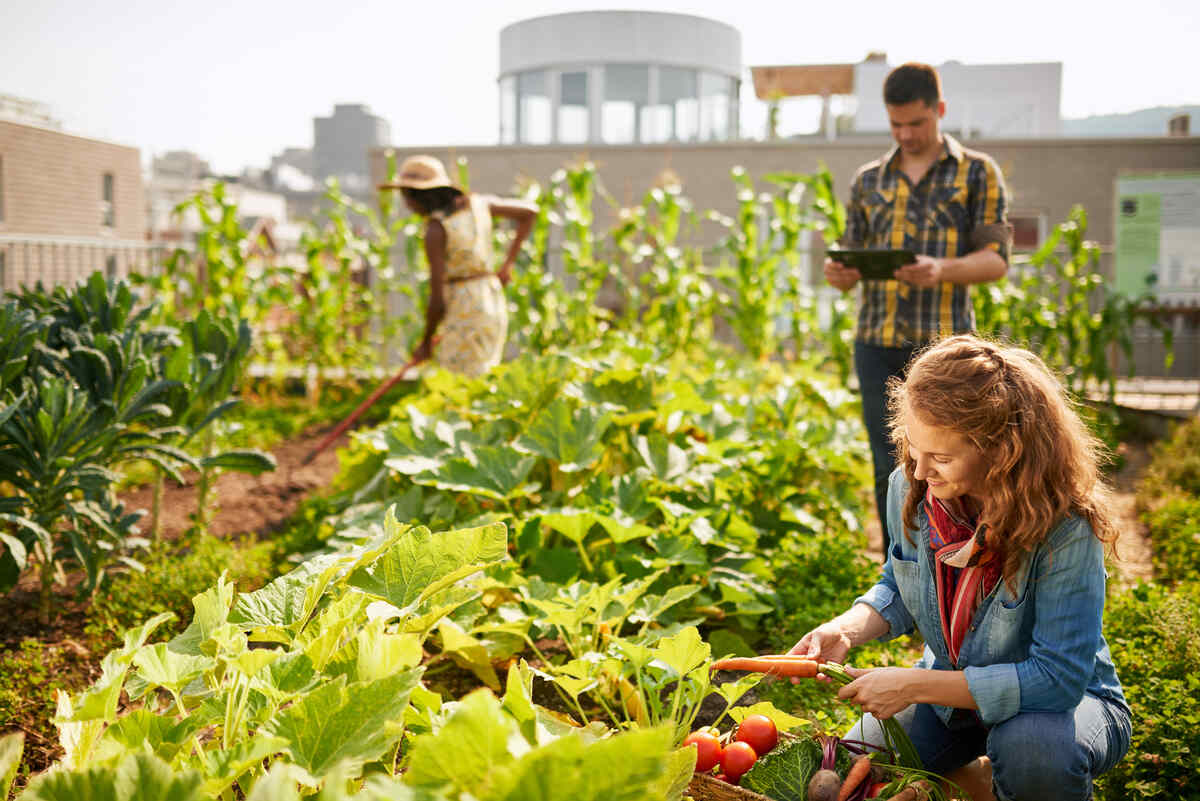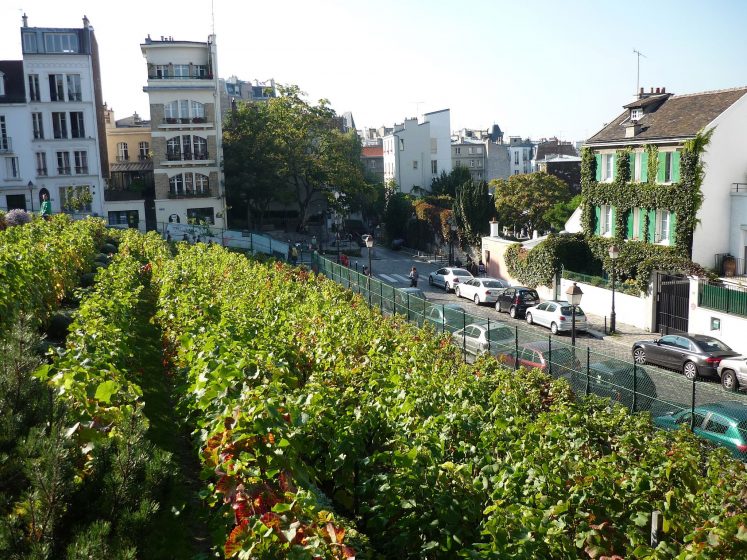Excitement About City Blooming
Some Known Incorrect Statements About City Blooming
Table of ContentsFascination About City BloomingCity Blooming for DummiesAn Unbiased View of City BloomingThe smart Trick of City Blooming That Nobody is Talking AboutAll about City Blooming
Intrigued in expanding food available for sale in the City of Chicago? Thinking of beginning an area garden? Adjustments to the Chicago Zoning Statute enable farming uses like area gardens and city ranches in numerous components of the city. Below is a checklist of often asked questions regarding the policies and regulations that cultivators need to consider when preparing an urban farming job.
The zoning change does not modify any other codes dealing with composting, building permits, acquiring or renting City owned residential or commercial property, service licenses or environmental contamination. There are existing codes that control these problems and they stay completely result and might be relevant to your project. Area gardens are usually possessed or managed by public entities, public companies or community-based organizations and preserved by volunteers.
Urban farms grow food that is planned to be offered, either on a nonprofit or for-profit basis. As a result of their industrial function, metropolitan ranches require an organization license. Yes. An area garden is allowed to market surplus create that was expanded on website if the sales are accessory or secondary to the yard's key purpose described above.
The 25-Second Trick For City Blooming
Composting is allowed however just for plant material that is created and used on website. The amount of garden compost product can not surpass 25 cubic yards at any provided time according to the standards in 7-28-715 of the City's Municipal Code. Yes. Due to the fact that the soil at a lot of new garden websites needs amending, compost, dirt, wood chips, or various other products can be acquired to build or boost the expanding room - sustainability.

If a structure authorization is called for after that the hoophouse will certainly be considered an accessory structure. You can learn more concerning the structure license needs by calling the Department of Buildings. The 25,000-square-foot size restriction is intended to protect against a solitary community yard from controling a given block or diminishing the block's existing residential or industrial personality.
The limit does not relate to yards located in Public Open Room (POS) districts. Can there be even more than one neighborhood yard that is 25,000 square feet on a solitary block? Yes. The size restriction uses to specific yards, not to private blocks. No. Secure fencing is not required, nonetheless, yards that have huge parking lot may be required to install secure fencing or various other landscaping functions.
Getting My City Blooming To Work
B1 & B2 areas require that all industrial usage tasks be carried out inside. Is fencing required for city ranches? Fencings might be called for, along with landscape great site design and testing, for certain parking areas and outside work or storage space areas depending on location and the particular activity taking location.
Urban ranches call for building permits and zoning approvals prior to construction (home and garden). Other forms of city review might be needed depending on particular structures, tasks, size, landscape design, licensing, public heath and stormwater management concerns.
The Department of Service Affairs and Customer Protection can help determine the details kind of business permit that's required. Off street vehicle parking is needed for many business projects in Chicago. The required number of vehicle parking spaces is based on the number of workers working on website and not the square video of the growing area.
How City Blooming can Save You Time, Stress, and Money.

A city ranch can sell compost product created on website, however, the operation should conform with the regulations in 7-28-715 of the Chicago Municipal Code. Aquaponic systems are allowed inside on city ranches in numerous zoning areas.
Approximately 5 hives or colonies of honey bees may be kept as an accessory use. Nevertheless, beekeepers must register with the Illinois Department of Farming. For additional information about the proposed zoning amendment you might speak to the Department of Real Estate and Economic Development, Bureau of Planning and Zoning at 312.744.8563.
Farming in cities and urban locations A city ranch in Chicago. Urban agriculture describes different practices of cultivating. https://www.dreamstime.com/danielnold94107_info, handling, and dispersing food in urban areas. The term also applies to the location activities of pet husbandry, tank farming, beekeeping, and cultivation in a city context. Urban agriculture is differentiated from peri-urban agriculture, which occurs in rural locations beside suburbs.
All About City Blooming
, that seek to form social networks founded on a common principles of nature and area holism. These networks can develop by method of formal institutional support, becoming integrated into regional community preparation as a "change community" activity for lasting city development.
In either case, the a lot more straight access to fresh vegetable, fruit, and meat items that may be realised with city farming can boost food protection and food security while reducing food miles, bring about reduced greenhouse gas emissions, thus adding to climate adjustment mitigation. A few of the initial proof of metropolitan farming comes from Mesopotamia.